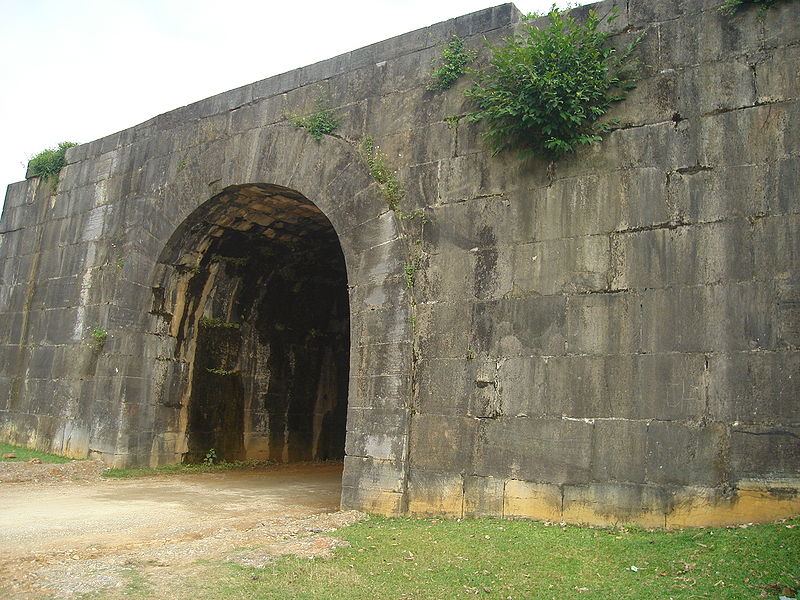Citadel of the Hồ Dynasty


Facts and practical information
The Citadel of the Hồ Dynasty, nestled in the province of Thanh Hóa in Vietnam, stands as a testament to the architectural prowess and historical significance of the Hồ Dynasty era. This formidable fortification, constructed in 1397, was the brainchild of Hồ Quý Ly, who later became the first emperor of the short-lived dynasty. The citadel's innovative design and use of large stone blocks showcase the ingenuity and skill of the builders of the time.
Spanning an area of 155.5 hectares, the Citadel of the Hồ Dynasty boasts thick walls encircling what was once the political heart of Vietnam. Its strategic location between the Ma River and Buoi River created a natural defense, which was further enhanced by the imposing stone walls, some of which are still standing today. The citadel's main entrance, the Southern Gate, remains an iconic feature, inviting visitors to explore the historical depths within.
Declared a UNESCO World Heritage site in 2011, the Citadel of the Hồ Dynasty is not only a remarkable example of 14th-century military architecture but also a cultural relic that reflects the confluence of Confucian and Buddhist ideologies. The site's layout follows the feng shui principles, harmonizing with the natural landscape to create a balance between the earth and the sky, a feature that distinguishes it from other fortresses.
Vĩnh LộcThanh Hóa
